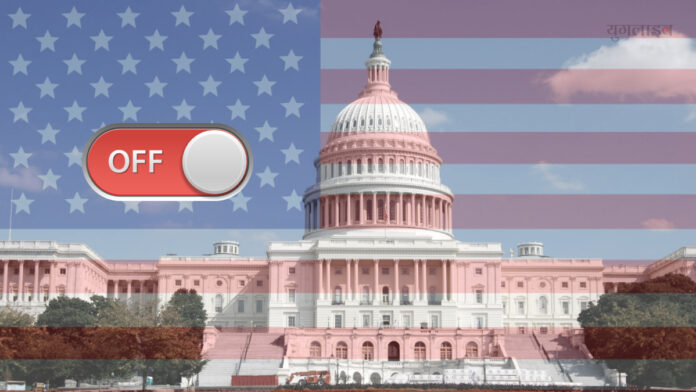WASHINGTON — As Congress races against time to prevent a government shutdown, many Americans are wondering what exactly a shutdown means and how it could affect their daily lives. With federal funding set to expire at midnight Friday, here’s everything you need to know about government shutdowns.
What Is a Government Shutdown?
A government shutdown occurs when Congress fails to approve funding for federal operations. Under the Constitution, Congress holds “power of the purse,” requiring it to pass spending bills to keep the government running.
“It’s essentially like turning off the power to parts of the federal government,” explains Dr. Sarah Matthews, a political science professor at Georgetown University. “When Congress doesn’t authorize spending, agencies must stop all non-essential operations.”
Who Gets Affected?
Federal Workers:
- Approximately 850,000 federal employees face furloughs
- Essential workers continue working without immediate pay
- All affected workers receive back pay once government reopens
- Federal contractors may permanently lose income
Military Impact:
- Active-duty military personnel continue serving
- Paychecks delayed until shutdown ends
- Medical facilities remain open
- Some administrative services suspended
Public Services:
- National parks may close or operate with limited staff
- Passport processing delays likely
- Federal museums close
- Research projects pause
- Some food inspections delayed
What Continues Operating?
Essential Services:
- Air traffic control
- Border protection
- Federal law enforcement
- TSA security screening
- Emergency medical care
- Power grid maintenance
- Weather forecasting
Federal Benefits:
- Social Security payments
- Medicare and Medicaid
- Veterans’ benefits
- SNAP benefits (food stamps)
- Postal service operations
Economic Impact
Financial experts warn of broader economic consequences. “Each week of shutdown costs the economy approximately $1.5 billion in lost productivity,” says Mark Thompson, chief economist at Capital Economics.
Impact on Americans’ Daily Lives
Travel:
- Longer airport security lines
- Possible flight delays
- Passport processing delays
- National park closures or limited access
Health and Safety:
- Routine food inspections reduced
- Some scientific research halted
- Environmental and workplace safety inspections limited
- New clinical trials delayed
Government Services:
- Federal home loan processing paused
- Small business loan applications suspended
- Some federal court cases delayed
- Statistical reports and economic data releases postponed
State and Local Impact
While state governments remain open, many rely on federal funding for various programs. “States may need to temporarily cover federal portions of joint programs like highway construction or education initiatives,” explains Robert Martinez, director of state budget analysis at the National Governors Association.
Historical Perspective
The longest government shutdown lasted 34 days (2018-2019), costing the economy an estimated $11 billion. Previous shutdowns have averaged 7-12 days, though some resolved within days.




